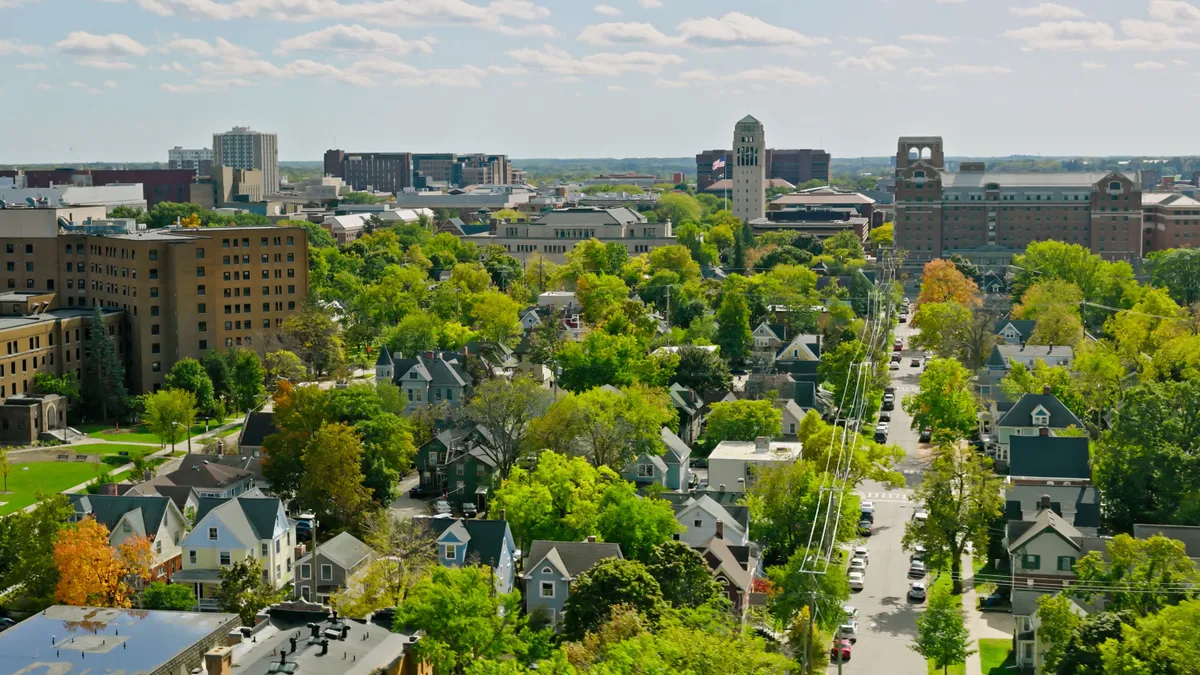Dive Brief:
- The Nuclear Regulatory Commission (NRC) will restart consideration of the request from Pacific Gas and Electric (PG&E) to extend the operating license of its 2-unit Diablo Canyon Nuclear Power Plant set to expire in 2024 and 2025.
- The NRC’s consideration of the application for a 20 year extension to 2044 and 2045 was suspended over concerns about Diablo Canyon’s vulnerability to earthquakes after the 2011 nuclear meltdown at Japan’s Fukushima Daiichi facility. Radioactive leaks that forced the shuttering of California’s San Onofre Nuclear Generating Station added to the hesitation.
- After Fukushima, PG&E asked the NRC to delay evaluation of the 1985 facility until a study of the many geological faults surrounding Diablo Canyon were re-evaluated. It concluded the facility can withstand the strongest quakes likely to hit the area in the next 10,000 years and led to the NRC's reconsideration of the license renewal.
Dive Insight:
Diablo Canyon was designed to withstand a 0.75 times-the-force-of gravity-earthquake and with a safety margin against larger events, according to PG&E. Seismologists increased the odds of a magnitude 8 event after studying how quakes become more destructive as they move across faults.
Federal authorities approved construction in 1968 because PG&E said there were no active faults within 18.6 miles. Oil company geologists then reported the Hosgri fault 3 miles offshore from the plant, which the USGS estimates could produce a magnitude 7.5 quake. The Shoreline Fault, which is within 2,000 feet of the reactors, was found in 2008. Several other faults have subsequently been found nearby.
Opponents, who have challenged the facility’s seismic safety since 1971, have become more aggressive since the Fukushima events and now want Diablo Canyon shuttered like San Onofre.
PG&E must also obtain consents for the license extension from the California Coastal Commission and the California State Water Resources Control Board.
Editor's note: An earlier version of this story inaccurately reported the license extension request to be "through 2029" but has been corrected to "through 2044 and 2045."













